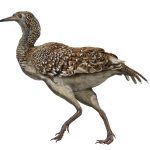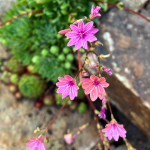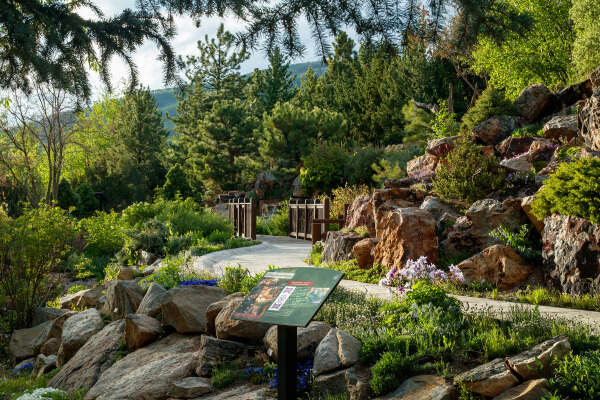Explore the link between birds – living dinosaurs – and their extinct ancestors. Visit our gardens and the Education Center throughout the summer for the Dinosaurs Among Us exhibit, dinosaur family scavenger hunt, educational activities, and expert speaker events.
Plan to join us for these exciting presentations:
- From the Ashes of Dinosaurs (Friday, June 14)
- Dinosaurs of Eagle County (Monday, July 1)
- What Did Dinosaurs Eat (Thursday, July 31)
- Utes paleobotany (Wednesday, Aug 7)
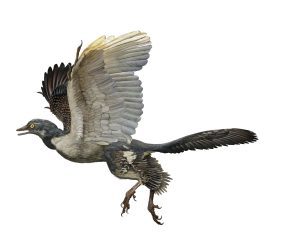

The next time you watch a Red-tailed Hawk circling in the Colorado sky, or spot a Ptarmigan while hiking in the high alpine, know that you just had an encounter with a modern dinosaur. Dinosaurs never really vanished from Earth. Most did go extinct, but their evolutionary legacy lives on all around us, in birds. The exhibition Dinosaurs Among Us will highlight the unbroken line between the charismatic dinosaurs that dominated the planet for about 170 million years and modern birds. The panels feature large-scale color illustrations of familiar and newly discovered extinct dinosaur species as they would have looked in life.
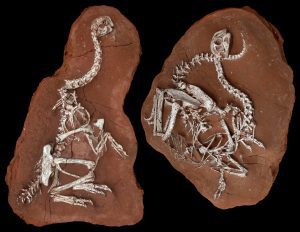

Living birds belong to a group, or clade, called the Dinosauria. It includes the extinct dinosaurs and all their living descendants, which is why most scientists now agree that birds are a kind of dinosaur just like we are a kind of mammal. The more comparisons we make between birds and their closest non-bird relatives, the more connections we find. Using paleontological and biological evidence, audiences learn about the links between dinosaurs and birds by examining their reproduction, physical structures, and the evolution of flight, demonstrating that birds truly are the Dinosaurs Among Us.
About the Exhibit
Betty Ford Alpine Gardens is pleased to present this exhibit courtesy of member donations and our sponsors.
Organized by the American Museum of Natural History in New York with support from North Museum of Nature and Science, United States; Philip J. Currie Museum, Canada; Museo de Ciencias, Universidad de Navarra, Spain; and Universum Museo de las Ciencias de la UNAM, Mexico, Dinosaurs Among Us explores the practically obsolete boundary between the animals we call birds and those we traditionally called dinosaurs.
This edition of Dinosaurs Among Us is curated by Dr. Akinobu Watanabe, Research Associate at the American Museum of Natural History and Assistant Professor of Anatomy at New York Institute of Technology. It is adapted from the Museum’s original exhibition of the same title, curated by Mark Norell, Curator Emeritus in the Division of Paleontology.



